Many successful conservation efforts are best dealt with locally – it’s easier when things happen closer to home. Commendable though it is to try and save rhinos on the other side of the planet, practical conservation works best when it’s just around the corner.
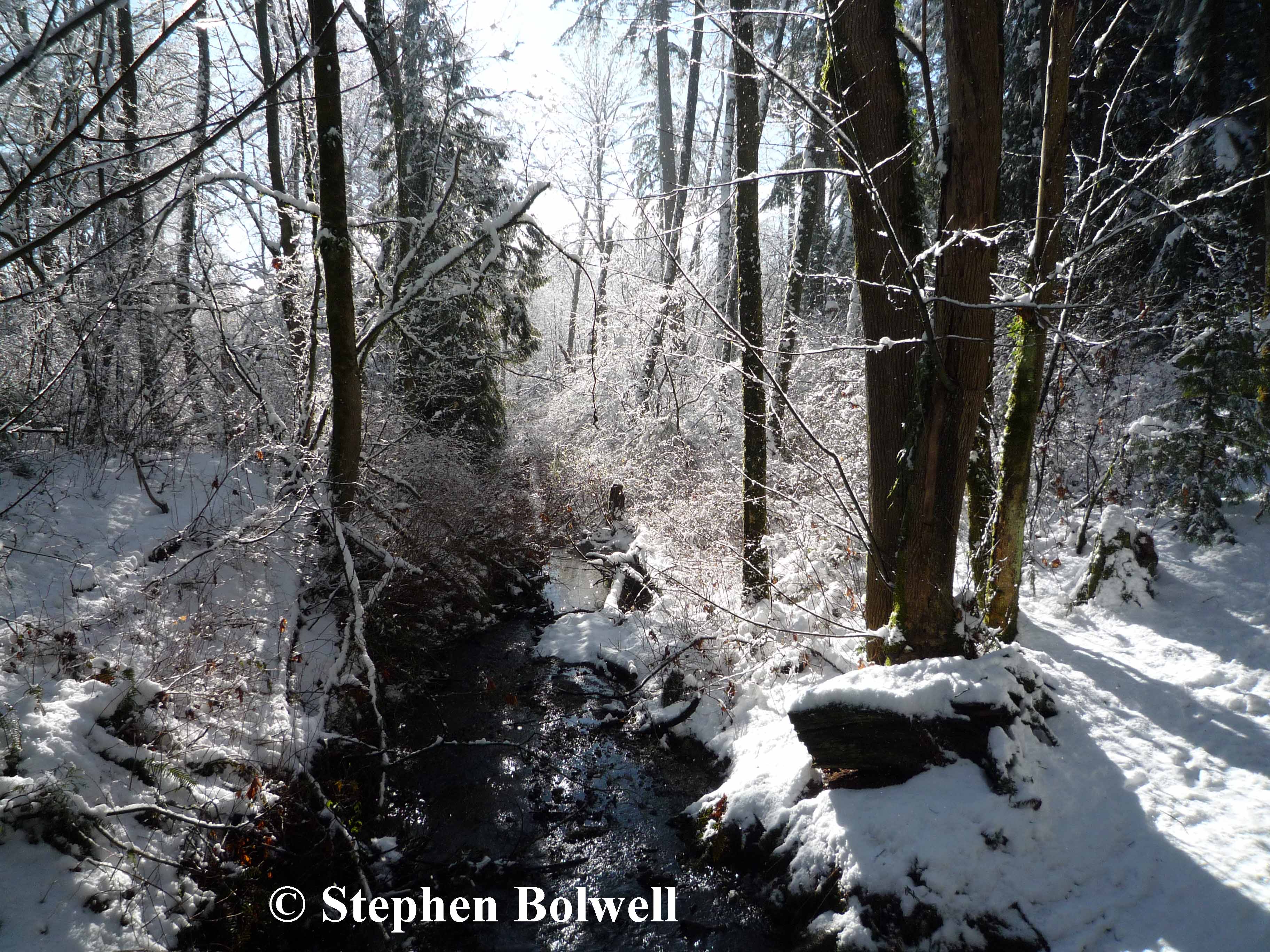
I have concerns over a woodland habitat that forms a major part of Fleetwood Park, in Surrey B.C. , an exceptional wildlife environment, and like many others in urban areas, really needs locals to remain vigilant.
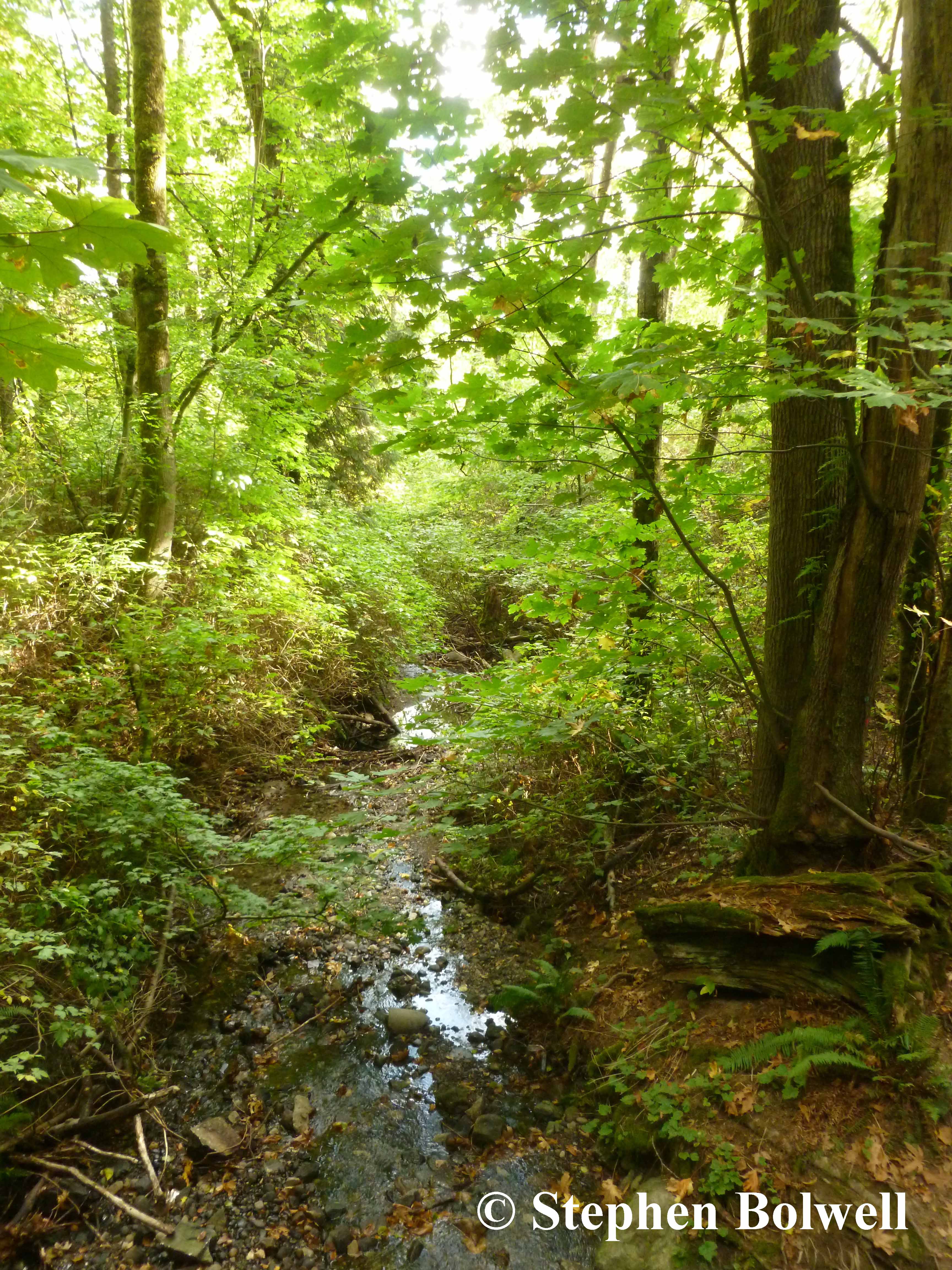
I recently wrote about tree felling in the park, because it was impossible to miss the large number of trees that had been cut along a path running through the woods. Prior to the felling, a local said that she’d stopped counting the red markers on standing trunks at 65 trees, but she’d seen plenty more, and was concerned. And for most of us, that’s about as far as it gets.
I guessed the trees were for the chop because they were considered potentially dangerous, but it was clear that more than half of those that eventually came down posed no immediate threat – they were just trees along a pleasant walk with a bit of rot that attracted feeding woodpeckers, and had been useful to a great many plants and animals.
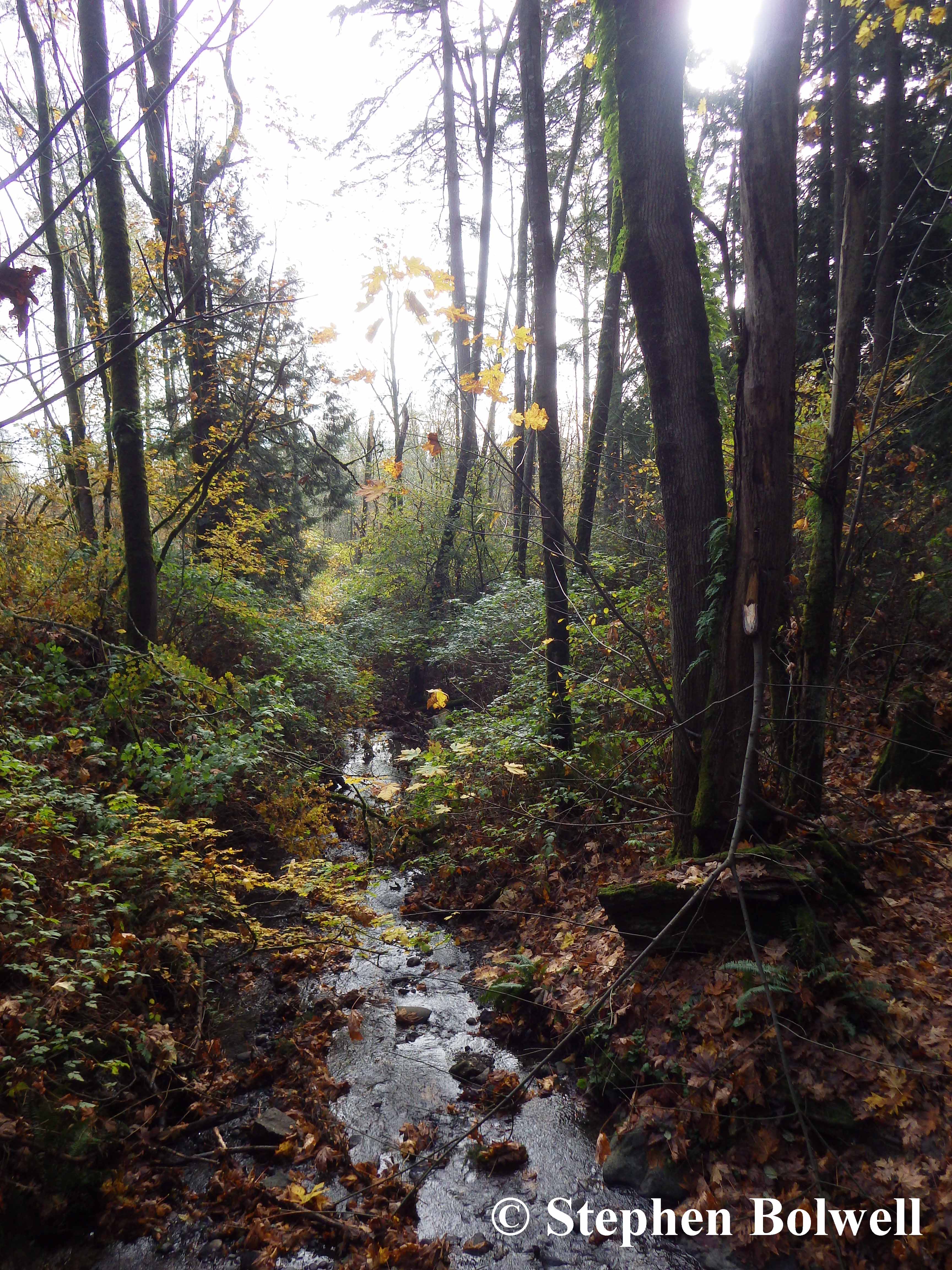
I e-mailed the local Parks division to outline my concerns over the felling in the hope that it might be moderated, and to their credit, I received a prompt response. 105 trees had been designated for removal and nothing was going to change that. Reluctantly I have accepted, that in a litigious world, local authorities have to protect themselves, even if sometimes they are overzealous. I also learned that around 250 young trees would be planted – more than double the replacement number, but I’ll return to that later.
There were other details concerning policy – most of which sounded good on paper: – a ‘Sustainability Charter’, a ‘Biodiversity Conservation Strategy’, a ‘Preservation Policy’, a ‘Dedicated Urban Forest Parks Policy’ and a ‘Natural Area Management Plan’ and finally a ‘Common Sense Just Leave Things Alone Working Group.’ Sorry… I just made that last one up.
All in all, there was a lot to take in, but in the end there is no denying that essential corridors between the few remaining natural habitats in the area are rapidly disappearing, and trees continue to be felled across the region for land development. You can’t help but think that despite all the words, policies are mostly concerned with appearance, and very little to do with practical conservation.
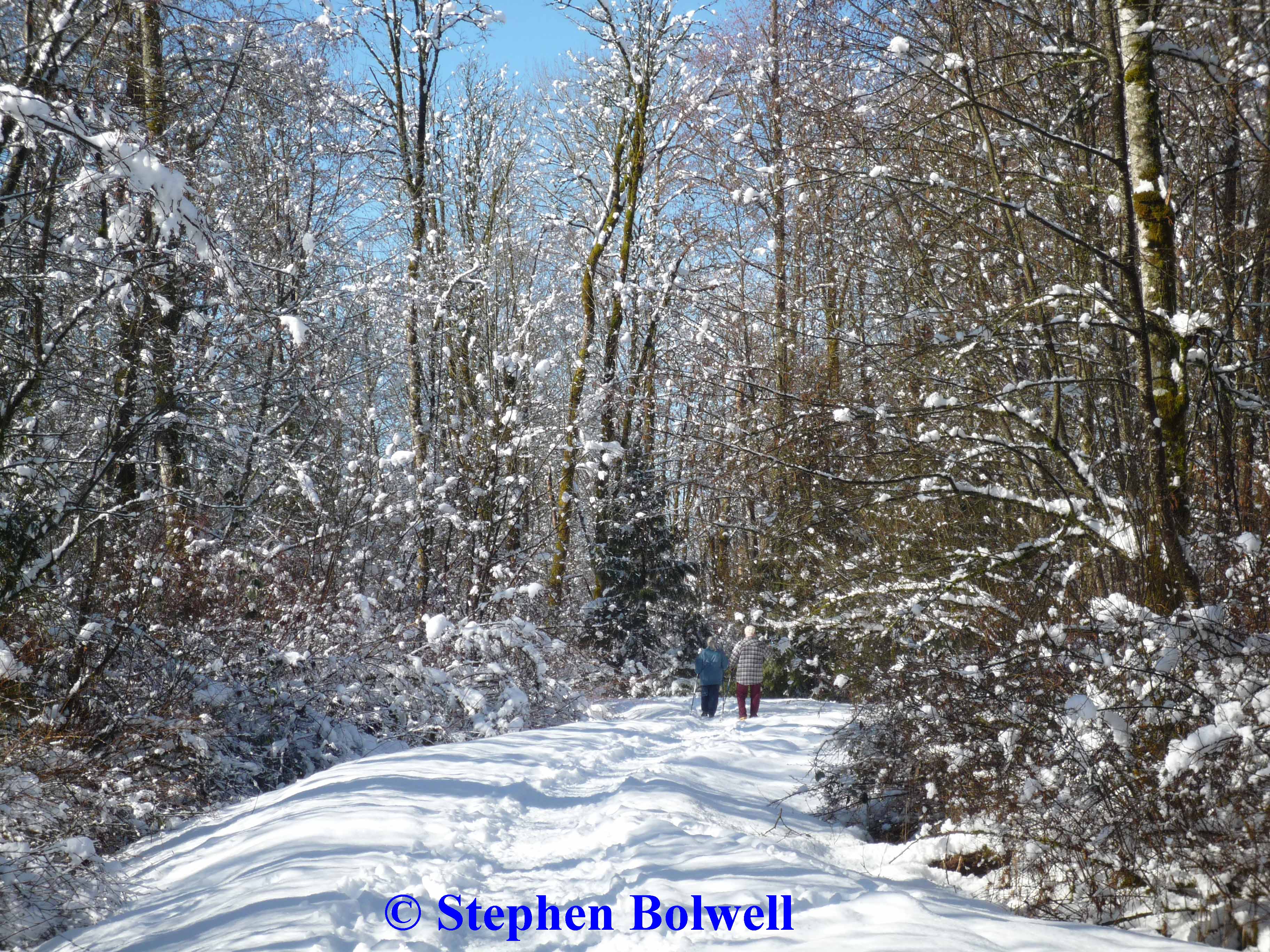
My response was to suggest that what the woodland really needed wasn’t so much tree felling and re-planting, but a couple of other less intrusive smaller scale activities.
I asked for the summer mow along the paths to be staggered – and we aren’t talking a grass mow here. Plants that grow several feet high suddenly disappear: one day there are butterflies feeding on flowers, perhaps a Pacific tree frog sitting on a leaf, shrews scurrying below in the ground cover, and a whole lot of other activities in full swing – then quite suddenly everything is levelled.
The cutting is necessary, but staggering it would reduce the impact on wildlife – taking out one half of the plant growth and then coming back in a few weeks’ time to take out the rest would help to prevent the whole habitat from vanishing in one fell swoop. Presently, a single cut leaves many small animal corpses along pathways and nowhere for insects to feed. There is unfortunately no budget available to make a change, but I wonder if ‘keep it nice and tidy’ might also be on the agenda.
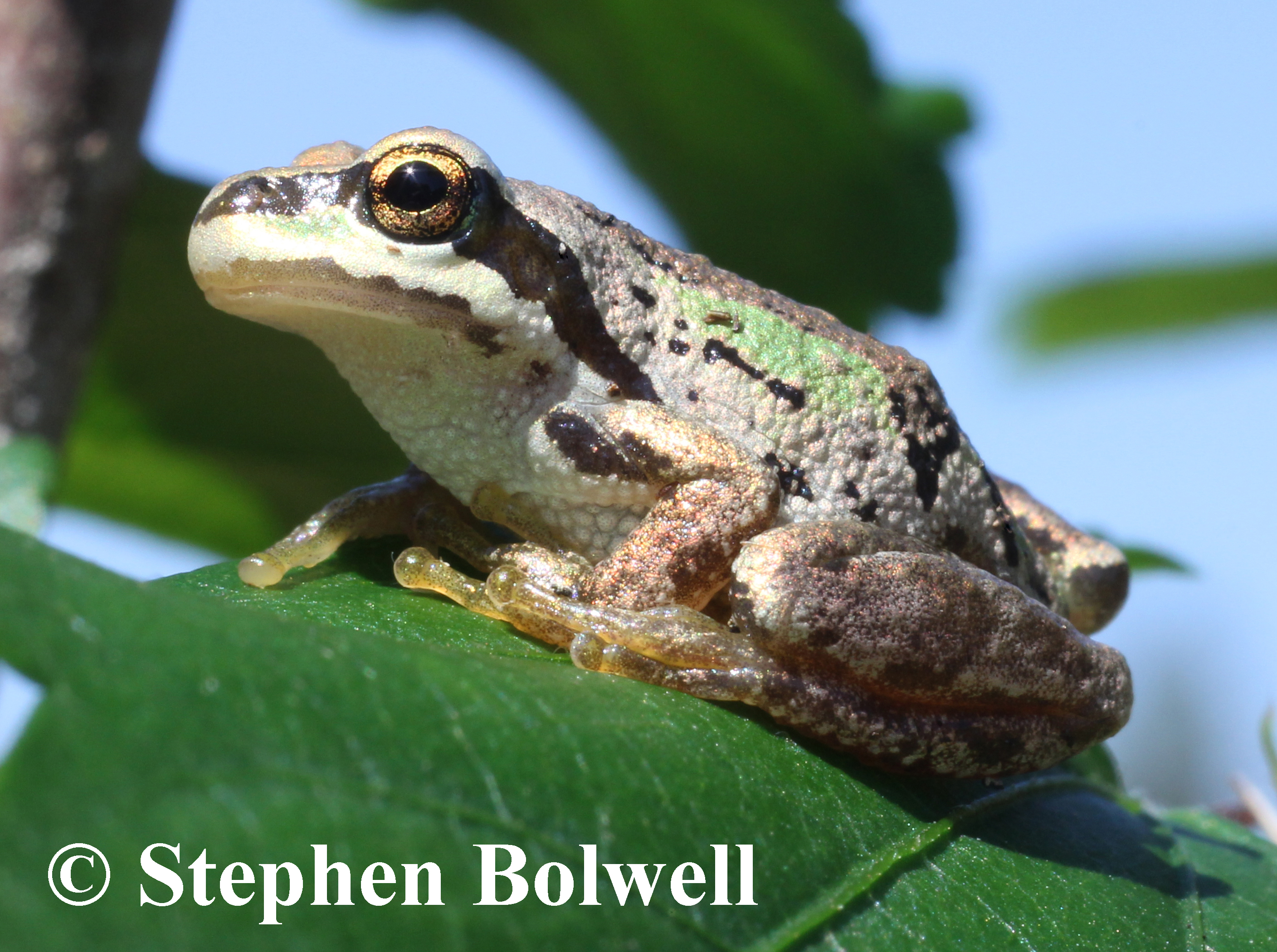
This is a great place for amphibians – the woodland remains fairly wet on all but the hottest days of summer and it is a credit to park authorities that they leave fallen trees to rot on the ground – a major contribution to conservation that doesn’t happen everywhere, as many will tidy up even through natural woodlands.
What amphibians need most in this otherwise perfect habitat is a few scrapes in the ground close by streams to provide still water for egg laying. This water must last long enough to allow larvae to develop, but not so long as to allow colonisation by predators such as beetles and dragonfly larvae. A good sized tyre rut is ideal, but with the increase in hot, dry summers, these temporary pools need a little maintenance during winter to keep them open and viable so that they last long enough for young amphibians to emerge during summer.
Such pools would be helpful to several amphibian species including the long-toed salamander, which might also lay eggs in slow running streams, but here there is a chance that larvae will be washed down stream and the young salamanders emerge outside of the conservation area. Unfortunately no larvae can wash into the park because stream water arrives via underground springs that are now covered by amphibian unfriendly urban developments.
As expected, there is no budget available for the maintenance of pools either, but I’m hopeful that in future something voluntary might be organised if the park authorities agree to it.
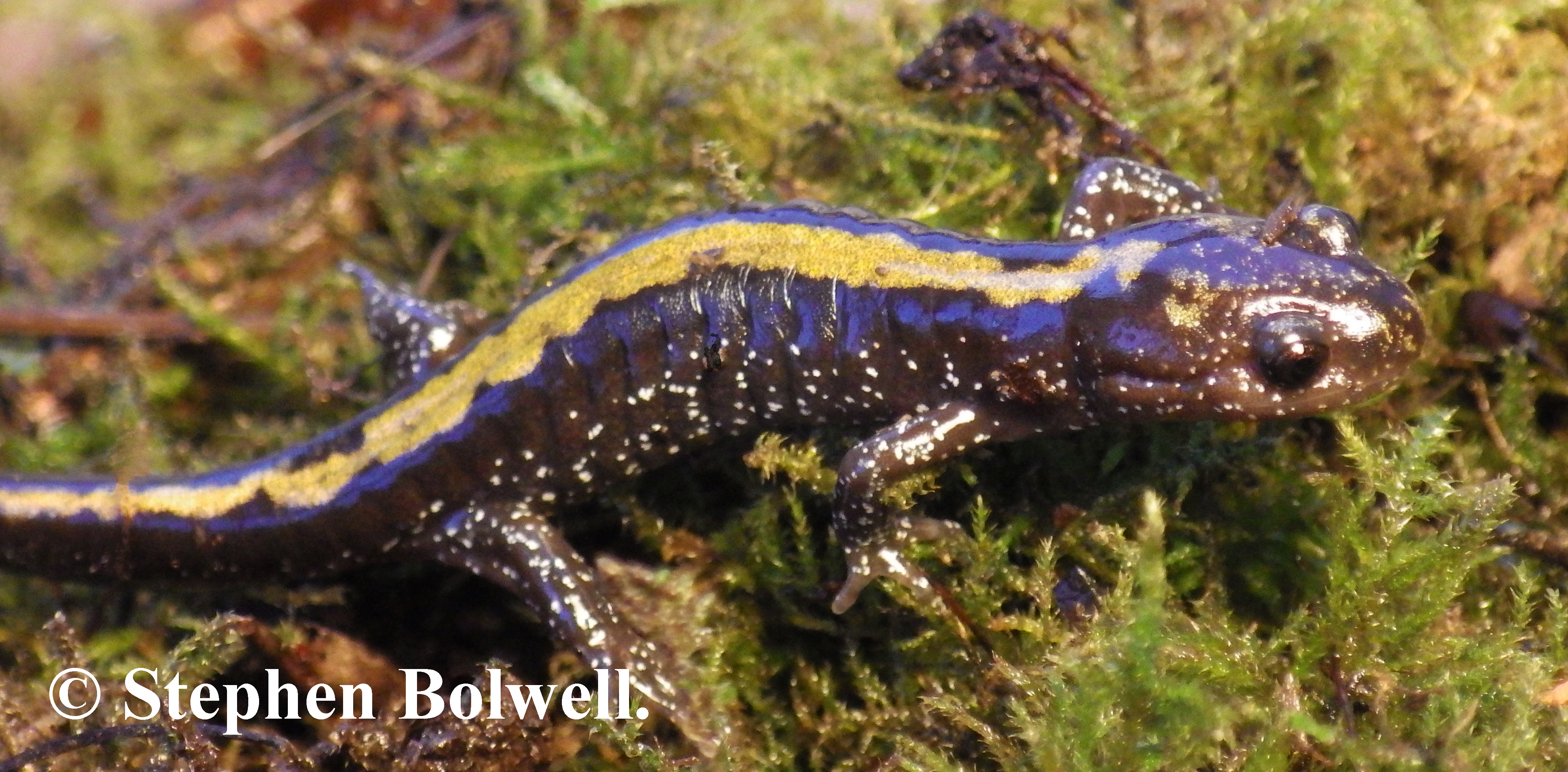
One of the main concerns for animals that can’t fly, is isolation on natural islands that are rapidly becoming surrounded by seas of development – this is a particular problem for amphibians and reptiles.
It makes sense in this woodland to undertake small projects rather take on expensive planting schemes. The environment is healthy – there is good species diversity, along with plant regeneration and the habitat functions well without too much interference.
Most urban forests are secondary replacements for primary forests that were felled in the not too distant past; once clear of trees the land was initially utilised for agriculture, but much has now been replaced by development. The secondary forests that remain are still quite young, shaped by human influence, opinions vary as to how best to maintain them.
One option is to plant new woodlands in places where they have disappeared altogether. And established woodlands that are developing naturally, might benefit from the re-introduction of lost species, but otherwise might best be left alone.
A dynamic woodland progresses at it’s own pace, increasing in complexity over time. Parks departments understandably want to replace trees that they have felled, and may also wish to speed up forest development, even in woodlands that are progressing naturally – we have become so used to planting trees commercially it is difficult to escape the notion that it is quite necessary to interfere.
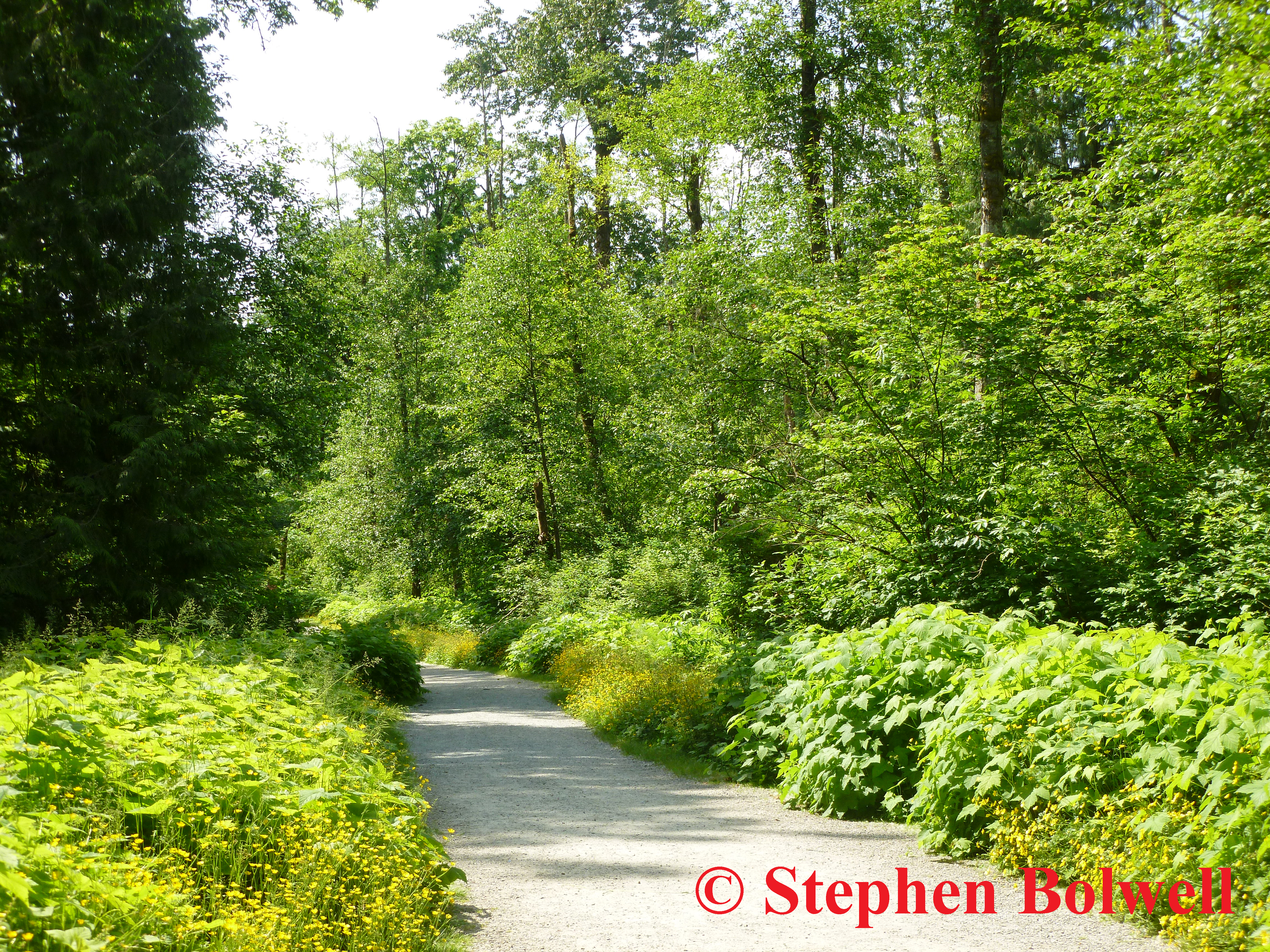
The decision to plant 250 potentially very big trees here – mostly conifers with many close to the path, might be consider a disproportionate activity in relation to the rest of the woodland.
The authorities might also be considering slow growing conifers, such as cedars, as requiring less maintenance in years to come, but it is worth remembering that seeds will still be arriving on the wind, others will be carried in by woodland birds and mammals; and many of the trees that will form the next stage of woodland development are already present and will grow and multiply in due course – a process that may take tens, even hundreds of years, but in the end might achieve a healthier forest.
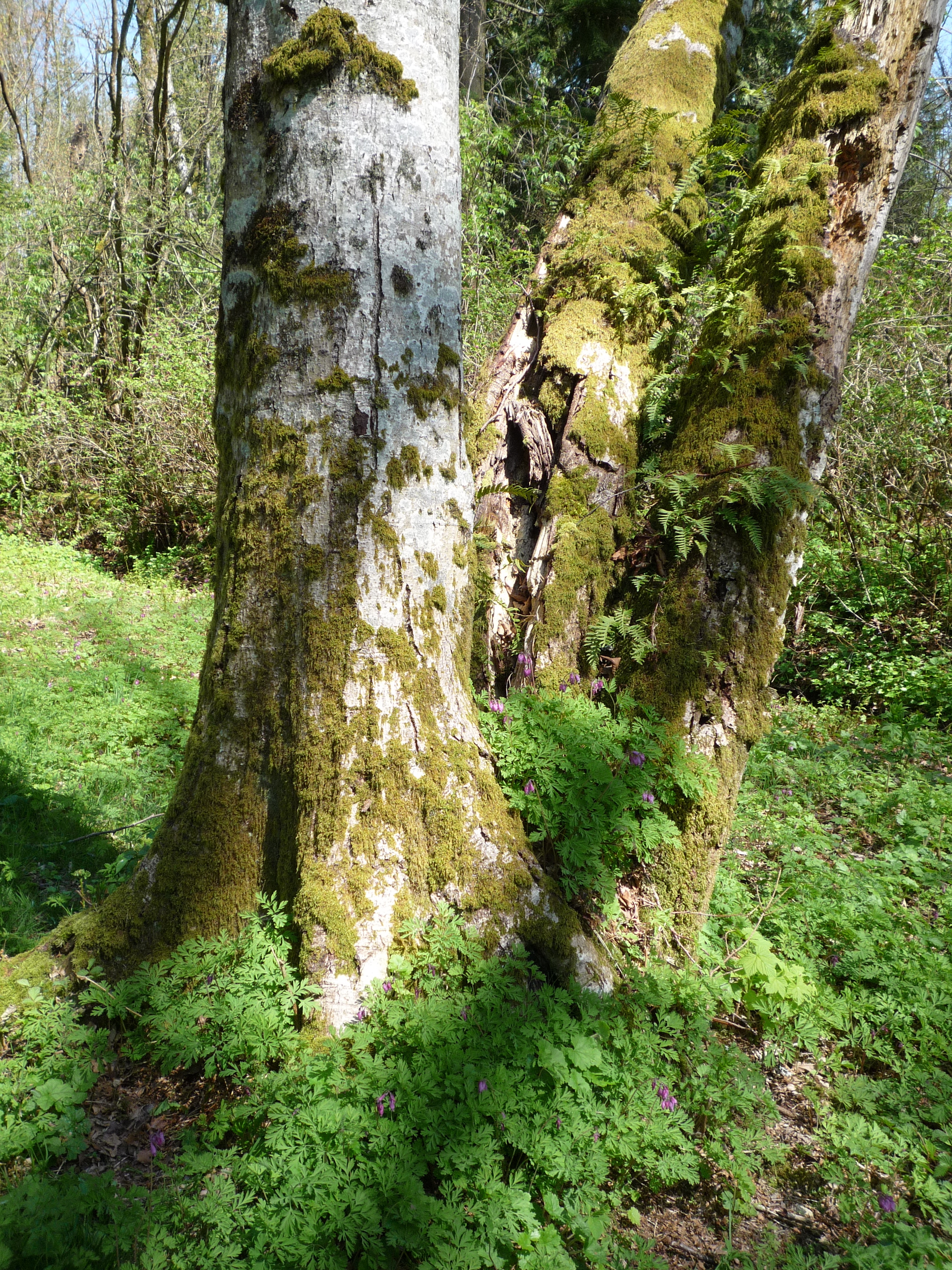
My response to the park authority was that very little could be done until their conservation policy entered the 21st Century, which retrospectively seems a little unfair – they just want something other than a natural progression – but I’m not quite sure what; and I don’t think there is any fear that they are overthinking the situation. At such times I sometimes lose patience… say something unfortunate… somebody gets upset, and then nothing changes. And that’s always going to be a problem when you tell it the way you see it.
I know… if it doesn’t work, then why do it!!!? and I was thinking exactly that when there was an unexpected response from the parks manager – he was very reasonable and happy to meet me on site; I should have expected this, because Canadians are endlessly tolerant and polite, but that doesn’t mean their views will be any less entrenched than anywhere else that you might question authority.
Our meeting duly happened and I was given a couple of generous hours to make several points and then listen to why park policies were in general disagreement with my views. I wasn’t getting anywhere… but I kind of expected that, even before I started.
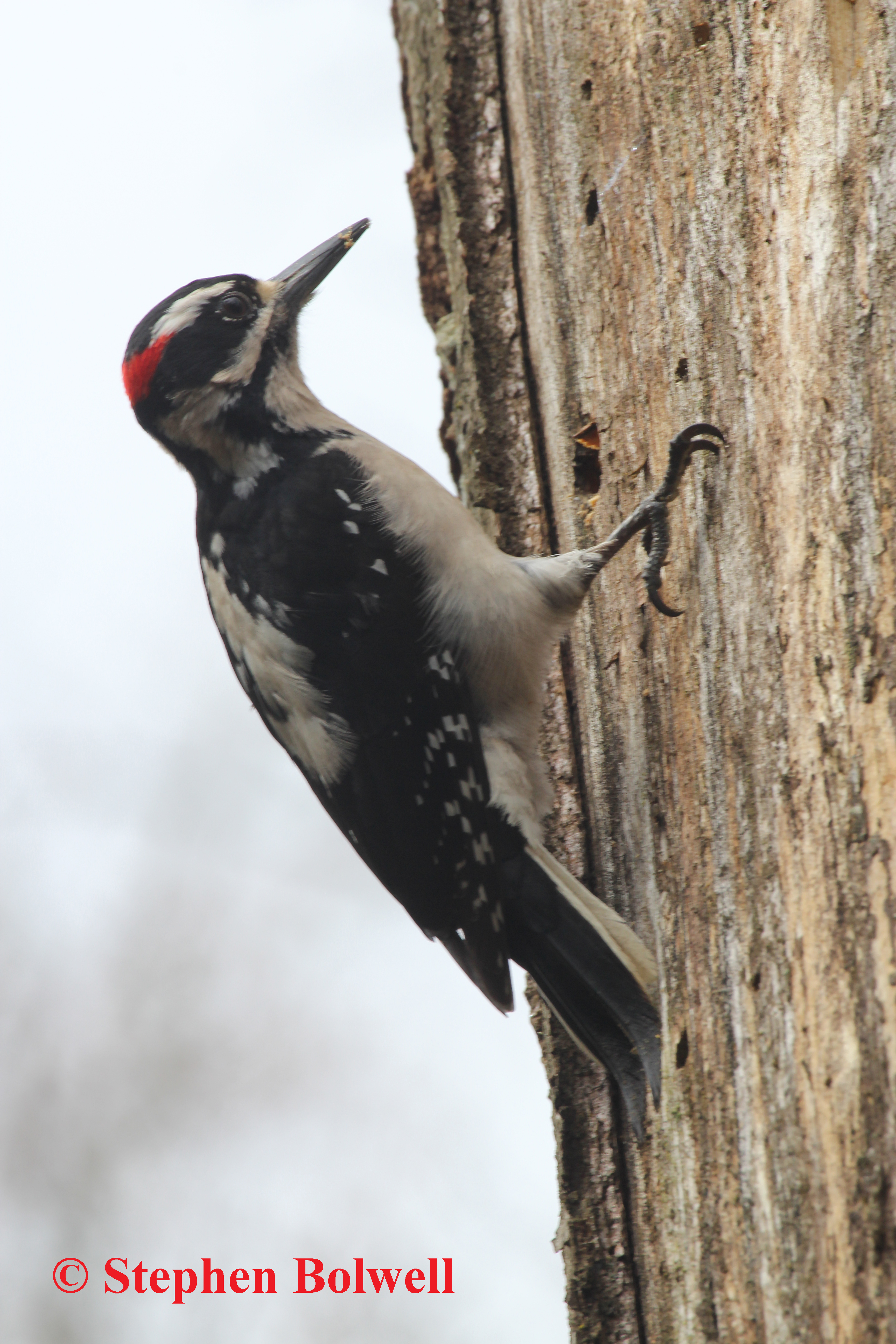
Between my last contact with park authorities and the meeting, all the young trees had been planted. Rather too many along the woodland path in my opinion – almost all of them evergreens that will in places (during somebody else’s lifetime), create screens that for many years will blank out agreeable views until the trees have grown; whereas presently there are many wonderful sight lines through moss covered branches. Conifers provide cover for birds and are all part of the natural progression, but I wonder if it was appropriate to plant quite so many here?
Conifers might eventually establish everywhere on this site and return the forest to the way it was before man interfered, but it is also possible that in future, woodlands such as this will be managed to provide different stages of the ecosystem to maintain a greater diversity of wildlife. This habitat is already interesting but it has the potential to become a rare treasure as urban development continues to swamp the landscape.
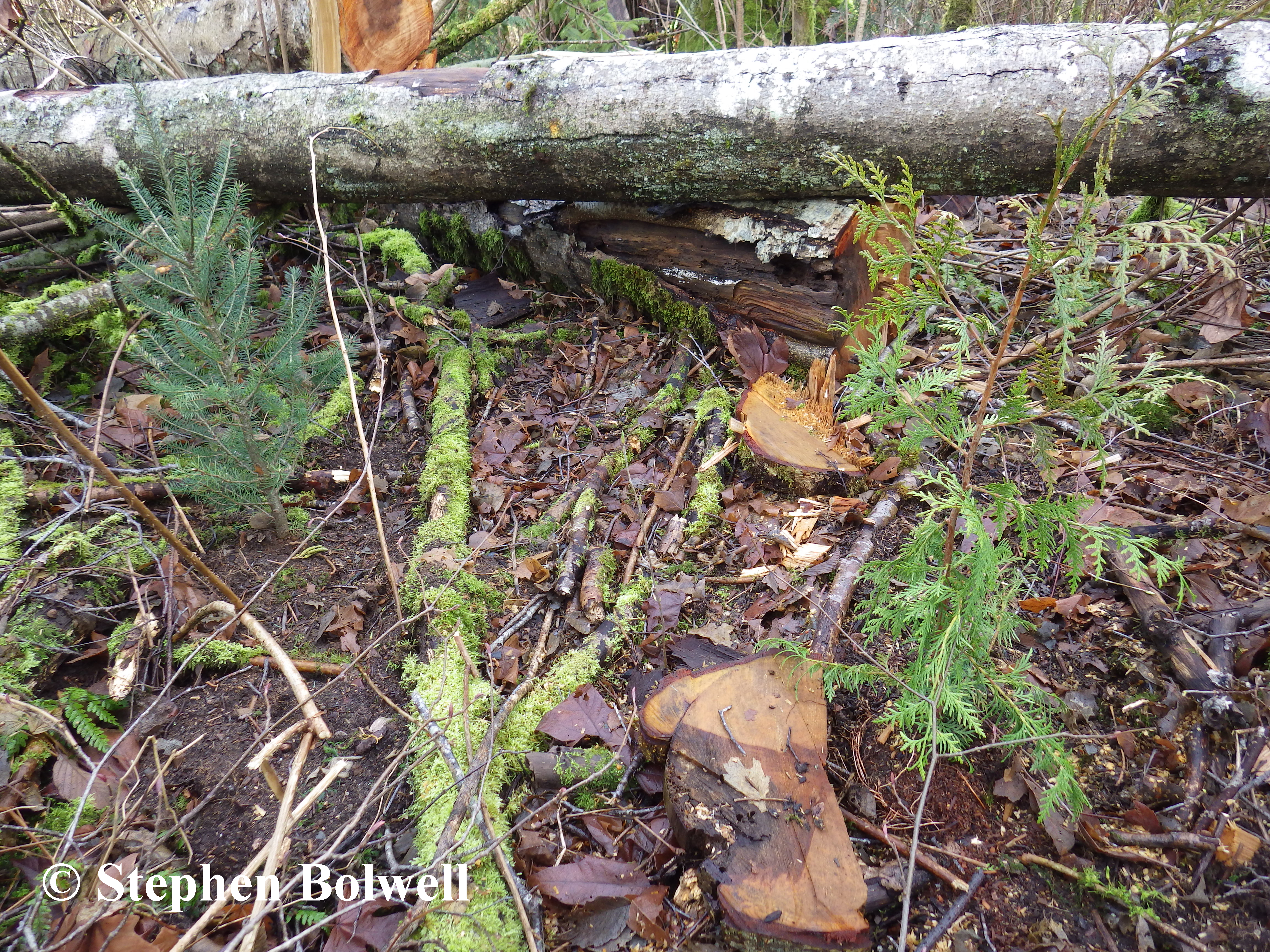
My recent disappointment at seeing so many trees felled was now overtaken by puzzlement over the planting regime. Why were groups of half a dozen potentially big trees sited almost on top of one another?
‘They will form a grove’ said the manager’.
‘I don’t think so, not when they are planted so close together’. I replied.
‘Only about 40% will survive’ – was the manager’s response.
But I didn’t think that was likely either, and said so. The trees’ survival rate would be higher because the wood isn’t prone to heavy grazing by deer, and as urban development continues deer will become even less frequent visitors.
When tree seedlings grow in an open space they may grow in their thousands, with the result that tightly packed spindly trees will establish for a hundred years or more before a few finally out compete their neighbours, but the trees in this wood are not growing like that, they are well spaced and visually pleasing – there is no precedent here to encourage the planting of five or six saplings close together, but even if this were natural, wouldn’t it make sense to plant them farther apart if you had the option?
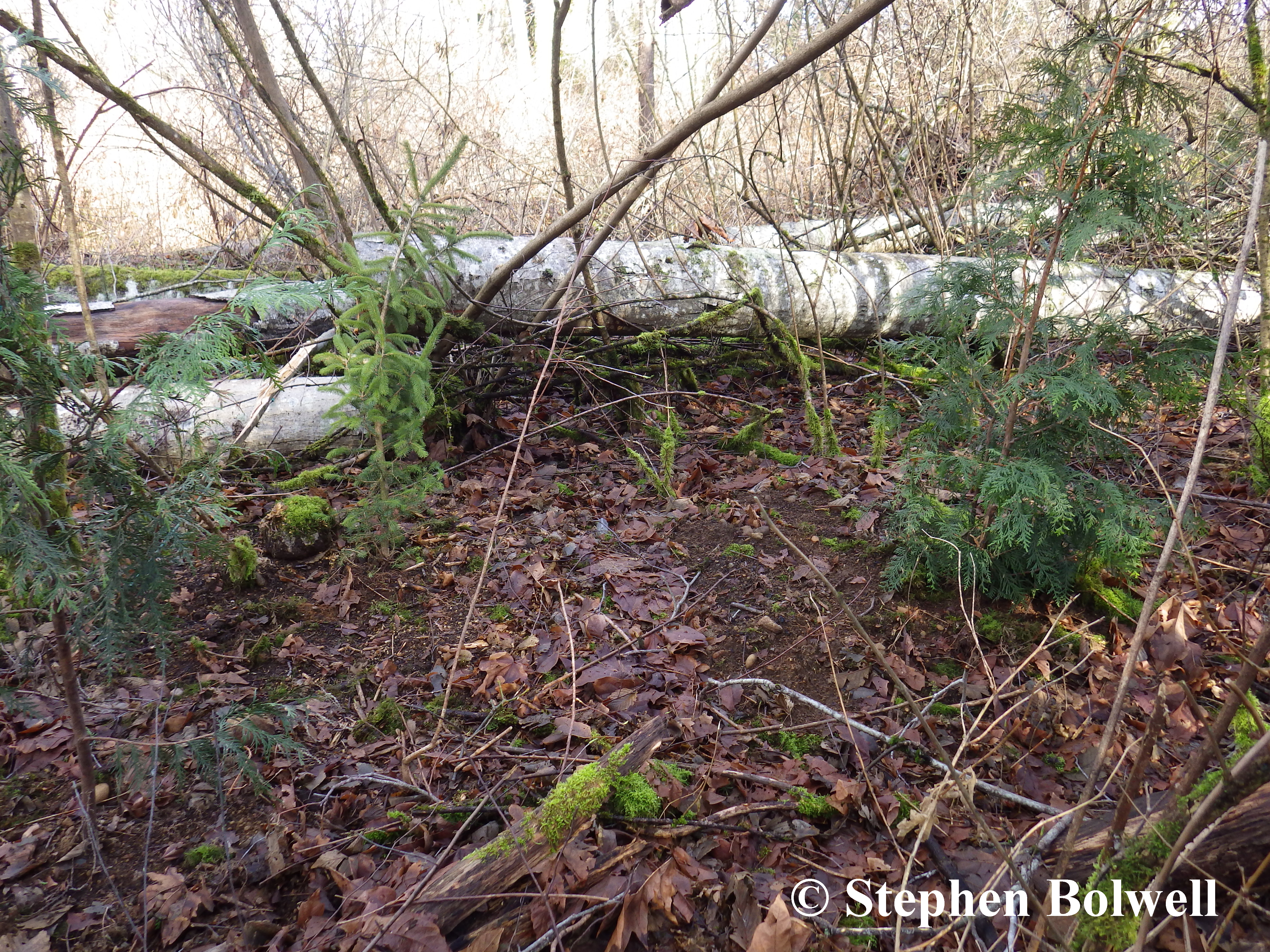
Trees planted so close, ultimately compete for resources; many of the conifers in question are slow growers anyway and they will inevitably take even longer to mature when planted in close proximity; and there is always the possibility that in a tight group of five or six, the trees closest to the path may head towards the light and grow out over the walkway, creating a potential hazard that I had assumed park policy would be keen to avoid… but I was wrong.
‘And they won’t be cut’, said the manager, ‘unless they show signs of rot. We accept that healthy trees will sometimes drop branches’.
Douglas fir he told me, do this without any sign of rot. I had seen an example of this only the day before on the main bridge over the gully stream and this demonstrates that a fir branch dropping from above poses a far greater threat to people than a trunk toppling across a path, which is more likely to be observed and avoided.
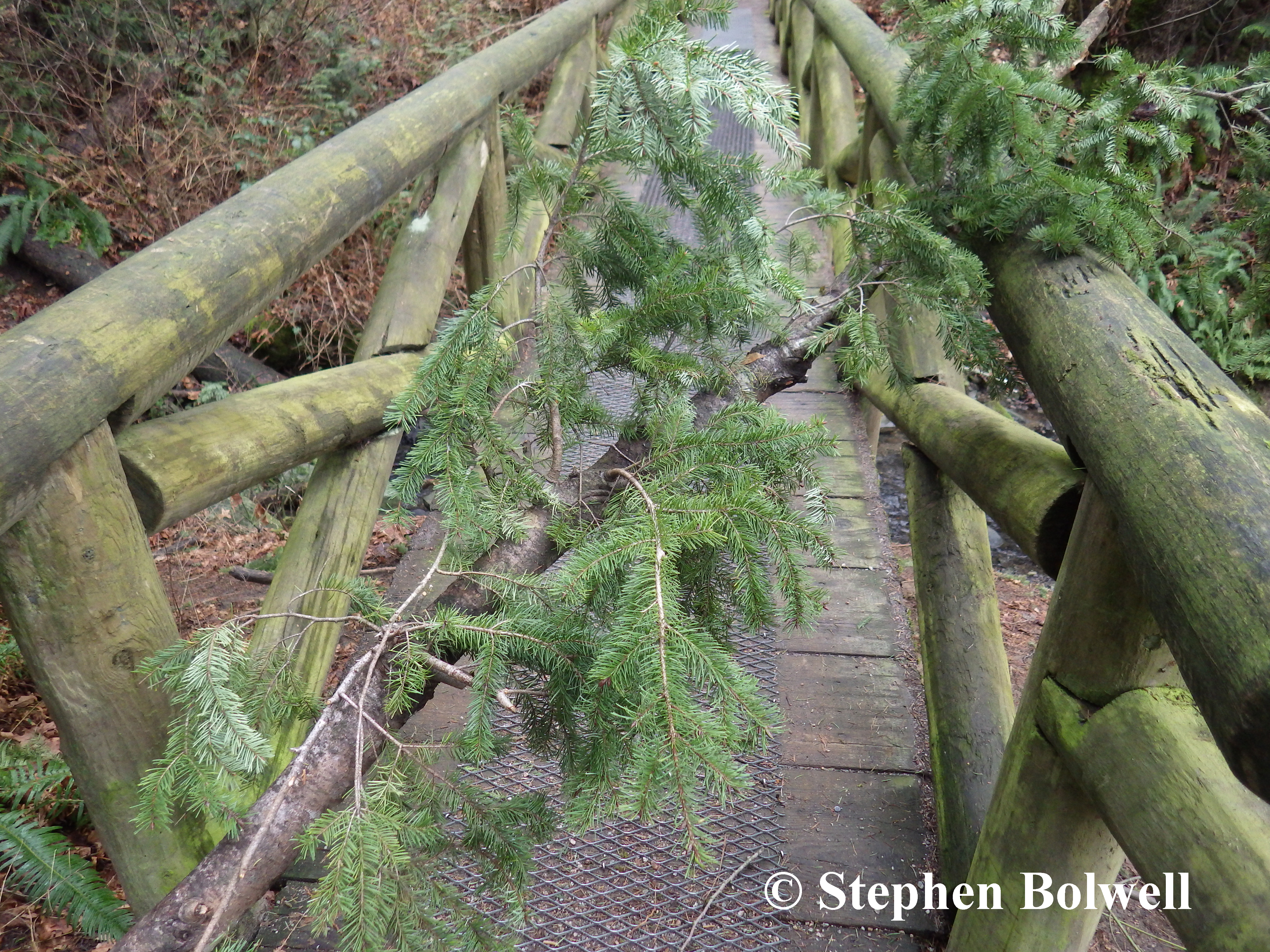
In addition there was the tree that blew over and fell across the path a few weeks ago… a few days after the tree felling had been completed! The contradictory behaviour of trees in relation to park policy and the potential for litigation was beginning to defeat me.
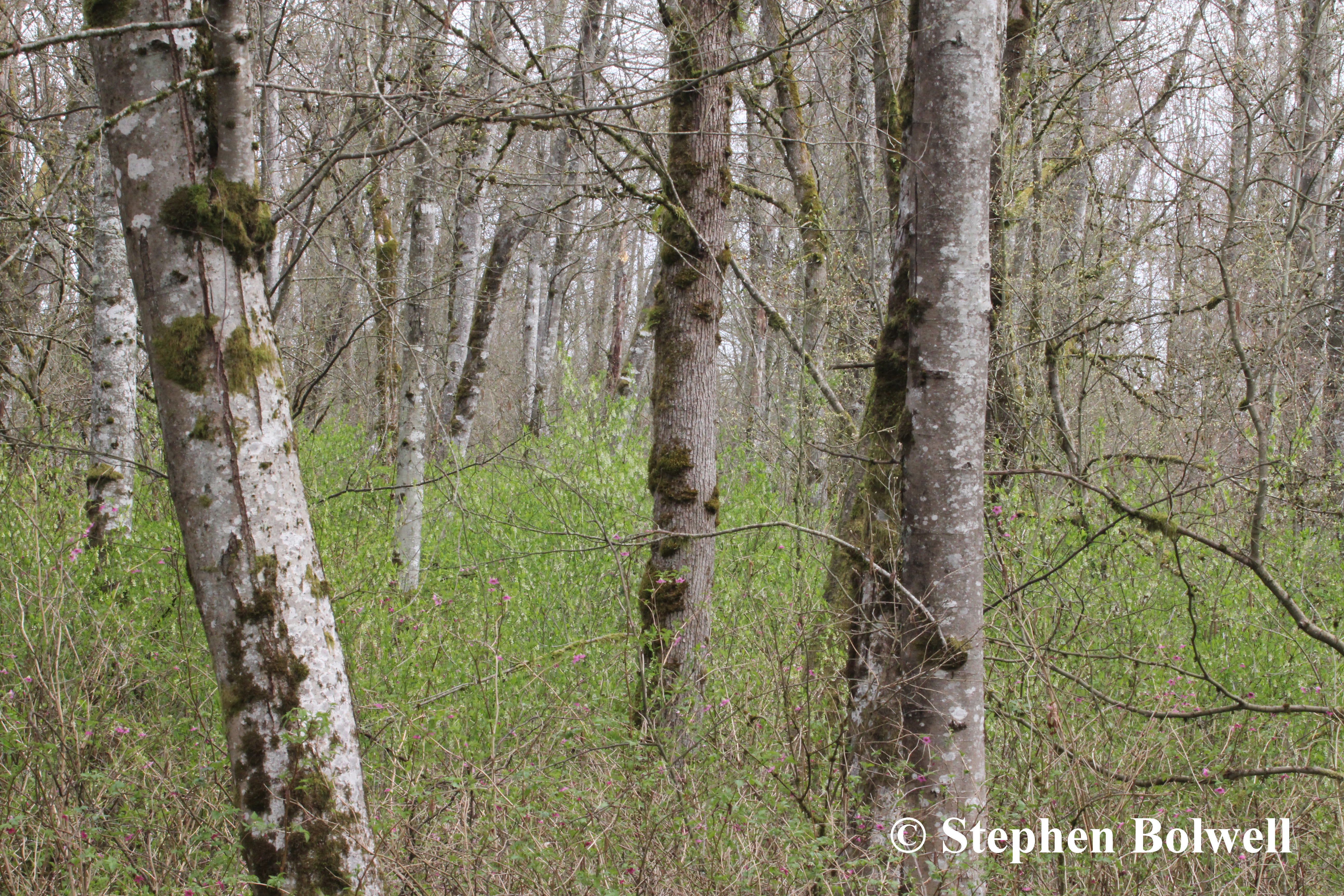
The truth regarding the new trees was that they were probably planted in haste, which isn’t the best way to plan a forest for the future. A moments consideration is essential when siting a tree that might grow for a thousand years or more – and is certainly an activity that shouldn’t be rushed. The manger freely admitted that the ground between established trees might have been difficult to dig, with established roots making precision planting difficult. Perhaps we were getting nearer to the truth now. And maybe one of the best reason for not planting a tree is when a bigger tree is telling you not to.
Recently, I noticed a couple of trees in the wood that were hardly planted at all – they were leaning over with their roots partially exposed above the soil; unless there is some artistic or practical reason for such an odd angle (e.g. hedge laying), it is likely that the process was hurried.
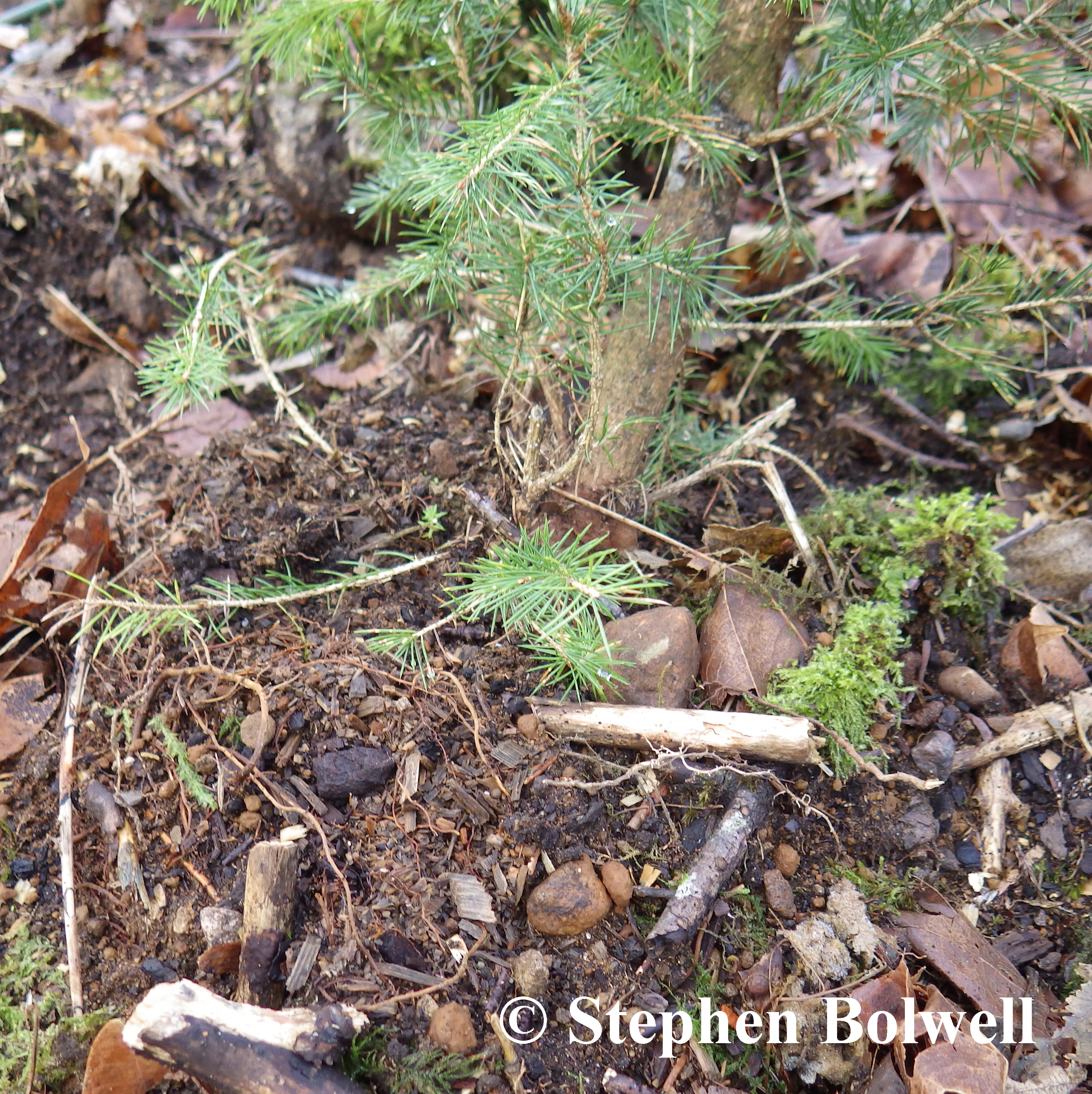
Tree planting is a discipline that has many variables and few guarantees, it is an unselfish act that should benefit future generations, but inevitably success can only be judged retrospectively.
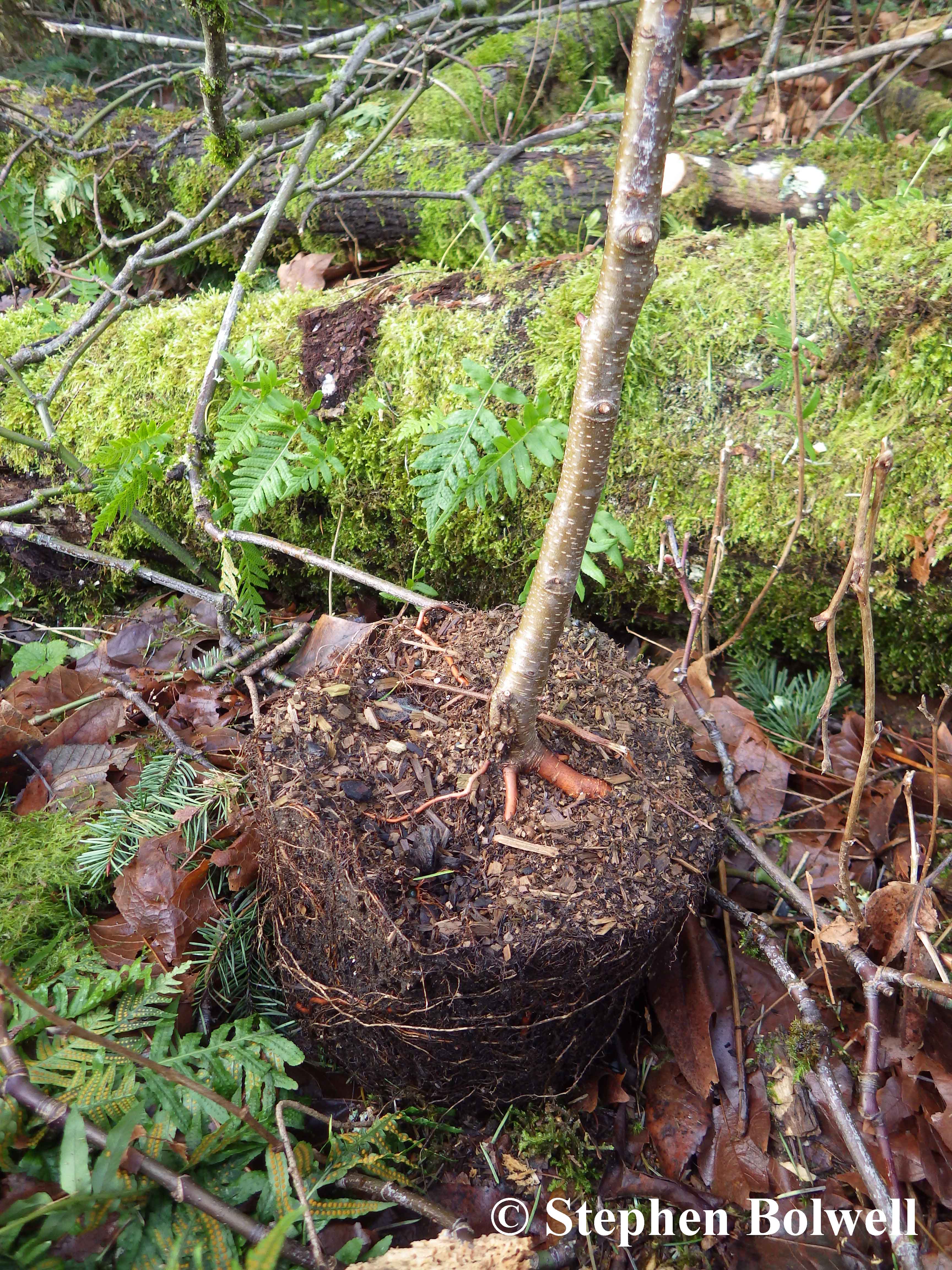
Maybe people will come to this wood in future and take further pictures as the trees grow, and provide useful comparisons of change; but I still think that getting things right from the start, by siting potentially large trees with care, is the key – especially when adding them to an already existing woodland. In the end none of this is rocket science… It’s far more important than that.
N.B. I went into the woods on a Sunday morning not long after the planting, only to discover holes where some of the trees had been planted, most of these appeared to have been removed in a hurry and my first thought was that they must have been stolen. In the words of Homer Simpson, ‘I didn’t do it!’ I hurried home and left a message for the park authorities and then notified the police.
On the Monday I received an e-mail from parks. The manager had checked the plant spacing with his arborist and confirmed that the some of the planting was too close; subsequently the contractors were sent in to remedy the situation. They will also have to return again to fill in the holes that will otherwise act as pitfall traps for small animals. On the up side, the Surrey Parks Division response has been rapid in rectifying a mistake.
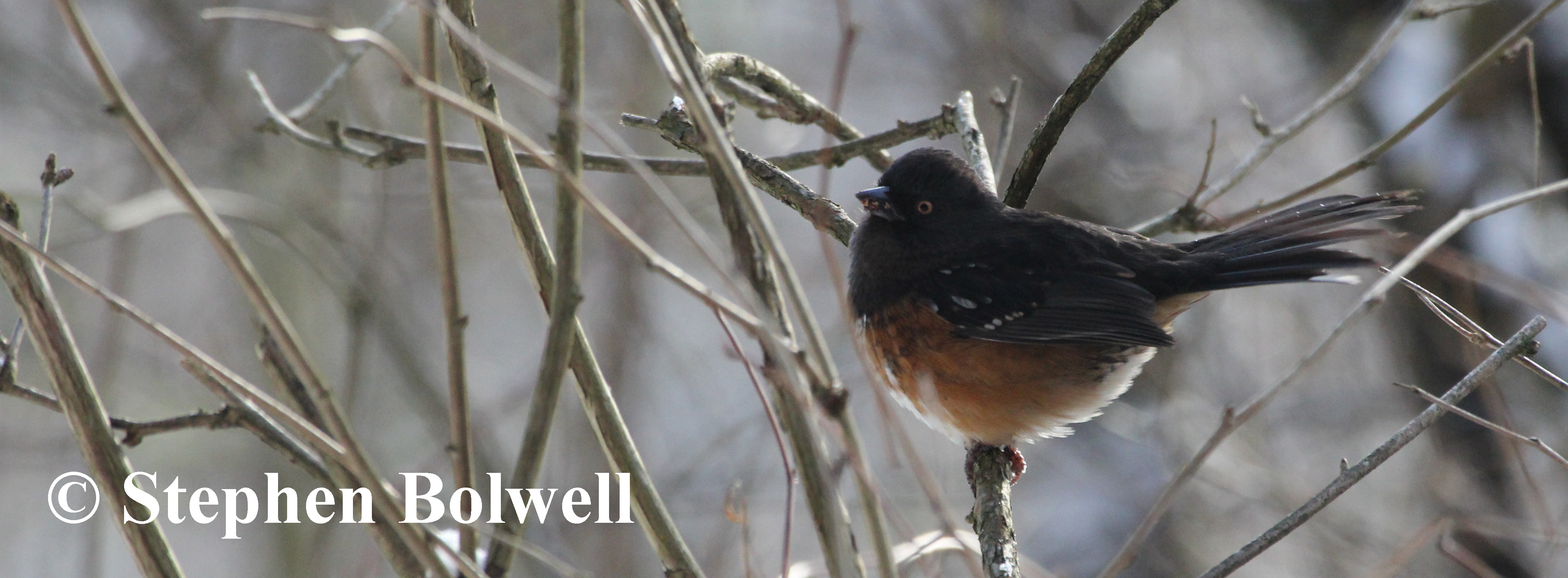
I expect local authorities where ever I have lived hold parties when I move on. But if I can make a small difference by simply observing and then using a camera, then many others can do the same. So, if something is not quite right where you are, then why not – ‘take a picture’ and help ‘save the planet’ – even if only in a small way.
With thanks to Professor Bernd Heinrich for observations made on his woodland in Maine, although there is no intention to imply that his views are reflected in this article.
To see hairy woodpeckers working a tree for grubs in Fleetwood Park, please watch:
And pileated woodpecker:
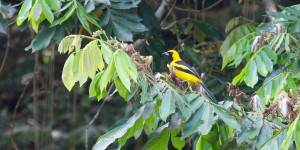

You’re a very talented artist. Where do you take your pictures? What’s your favorite tree to take pictures of? Are they doing a tree removal surrey in Fleetwood Park?
Thank you for your comment. I take pictures wherever I happen to be. I am living in Surrey B.C. at present and am concerned that a lot of natural spaces are being lost to development; although the areas that remain are small, they are impressive. With May approaching the woods are spring like and great for photography. I like taking pictures of any deciduous tree during spring when the leaves are fresh. Worldwide large old trees are also good because they may have whole eco-systems living in them with ferns and other plants attached that make for interesting pictures. The New Zealand Kauri is one of my favourite trees where it grows naturally, but very few great old trees now remain. The Surrey Parks Department recently felled trees in Fleetwood wood that they considered dangerous, that work is now finished. The replacements were mostly evergreens – I prefer natural regeneration, but the under storey is still really excellent here. Thanks again for your interest.
I loved this article, thanks! And your pictures capture the beauty that we’re losing in South Surrey. Development plans here don’t leave any room for preserving significant stands of the beautiful forests that are slated for clearcutting. I started my own blog, and joined the Grandview Heights Stewardship Association, and I email the mayor and council regularly, but can anything really be done? Like you say, people are polite, but they won’t change their views.
Thank you for your comment Alisa. It is rather shocking to discover that writing to almost any authority about our well-being in Surrey usually elicits an unhelpful response – if any response at all. However, I think it better to write individually about each concern rather than sign a petition. Canadians in general seem very polite and it is apparent that officialdom is not used to people who complain overmuch and gaining support on the internet is therefore a good approach – so, good luck with your blog. The problem is that once a natural systems is lost it is gone forever. We can create a zoo or a botanical garden, but complete ecosystems are impossible to recreate successfully and it is arrogant to think that we might in future do so once they have been lost. This situation is frustrating, because it isn’t difficult or expensive to conserve what is already there, but sadly we live in a world where our economies need to continually expand and profits need ever to increase – usually at the expense of the natural world. Logically of course this can’t continue forever – even Canada has finite resources. It is just a question of reaching the point at which the majority of people take this on board and act accordingly. Unfortunately, it may be necessary to watch the lower mainland South of Vancouver become entirely wrecked before there is a will to make changes. Elsewhere, people might moan about the detrimental impact of agriculture on ecosystems, but here we are rapidly moving one step beyond that, building on some of the best agricultural land that the Province has to offer when drought further south (in California for example) threatens our continued food supply. It is clear that those in charge are not thinking ahead; evidently politicians don’t need to be long-term intelligent in their thinking only short-term convincing in order to get elected and then they can do more or less what they want, which is bad news for those who think that uncontrolled urban sprawl is not the answer to a better future for the area. There is quick money to be made in chopping down trees and building houses in their place but this is hardly a creative or longterm solution to sustaining an economy.